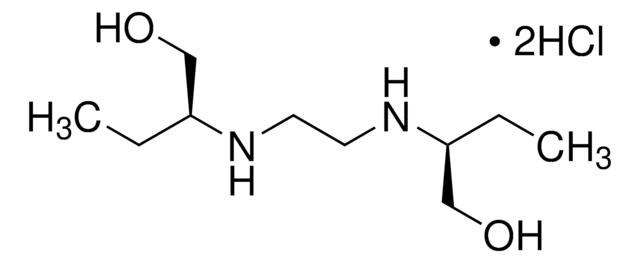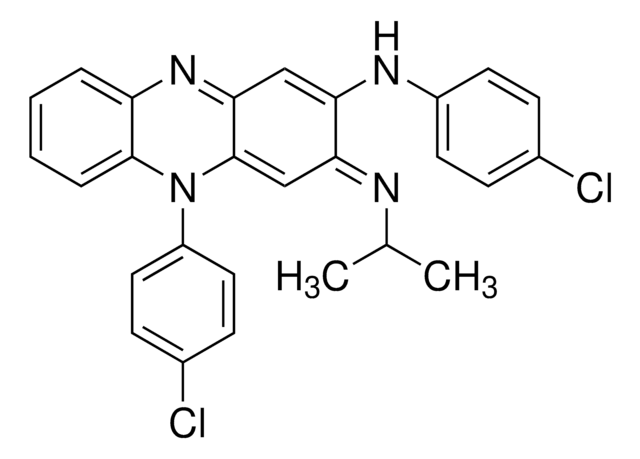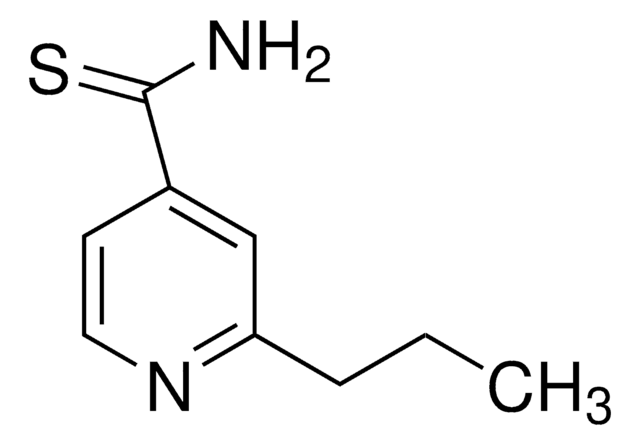P7136
Pyrazinecarboxamide
Synonym(s):
Pyrazinamide, Pyrazinoic acid amide
About This Item
Recommended Products
form
powder
Quality Level
mp
189-191 °C (lit.)
antibiotic activity spectrum
mycobacteria
mode of action
cell membrane | interferes
SMILES string
NC(=O)c1cnccn1
InChI
1S/C5H5N3O/c6-5(9)4-3-7-1-2-8-4/h1-3H,(H2,6,9)
InChI key
IPEHBUMCGVEMRF-UHFFFAOYSA-N
Looking for similar products? Visit Product Comparison Guide
application
Biochem/physiol Actions
Other Notes
Storage Class
11 - Combustible Solids
wgk_germany
WGK 3
flash_point_f
Not applicable
flash_point_c
Not applicable
ppe
Eyeshields, Gloves, type N95 (US)
Choose from one of the most recent versions:
Certificates of Analysis (COA)
Don't see the Right Version?
If you require a particular version, you can look up a specific certificate by the Lot or Batch number.
Already Own This Product?
Find documentation for the products that you have recently purchased in the Document Library.
Customers Also Viewed
Our team of scientists has experience in all areas of research including Life Science, Material Science, Chemical Synthesis, Chromatography, Analytical and many others.
Contact Technical Service










